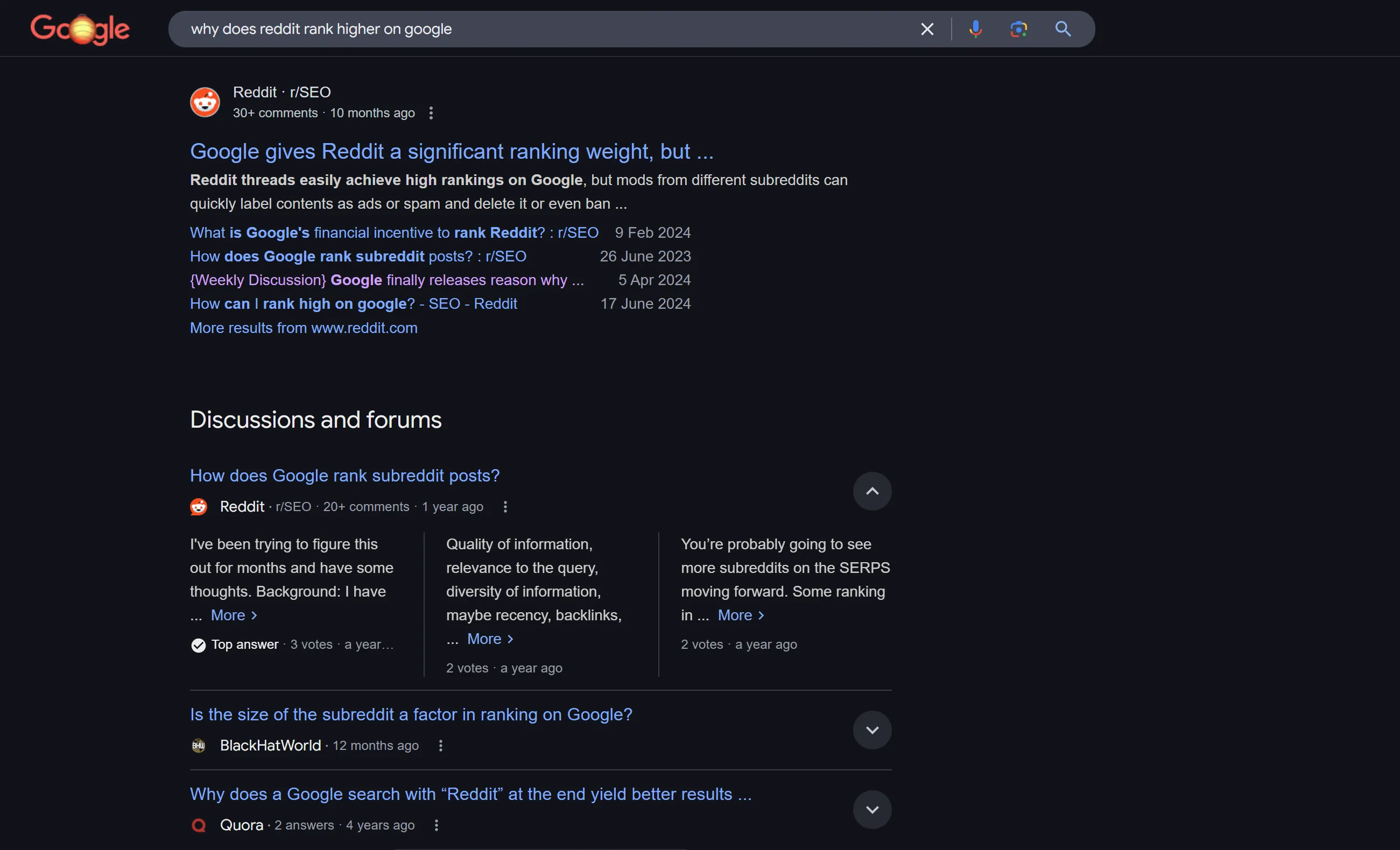Low engagement on social media and broader digital channels has become an ongoing challenge for blue brands. While it’s easy to blame factors like algorithm changes, you need to shift your focus on the things you can control – your content.
Are you offering enough value to your customers? Not monetary value, but information that is useful and interesting to them. What do they get out of following your brand? It’s time to put yourself into your customer’s shoes.
Value enriches your customer’s experience with your brand. It builds a relationship; a connection, and helps drive consumers into buying what you’re selling.
So how can you offer better value to your customers online?
1. Speak to your customers’ pain points
In a way, we’re doing this right now with you. Your paint point is low engagement, and you’re reading this article because the topic rings true and you want to upskill.
What are your customers’ specific pain points and what information can you give them to alleviate those pain points? You can repurpose one pain point and use it across multiple digital formats.
For example, we’ve written this blog, but we’ll also share the content in an EDM. On social media we’ll post it as a link on Facebook, a carousel on Instagram and a LinkedIn Pulse article. This way we’re reaching all of our customers in a format they want to consume the information.
If you’re not sure what your customers’ pain points are, ask them. This can become content in itself. Send an email, put up an Instagram Story poll , post in a Facebook Group. You’re inviting engagement and building a connection without even knowing it. Your customers will take note of your effort to listen.
2. Customer first, your brand second
Is your content focusing too much on yourself and not on your customers? This becomes a shift in your language and tone of voice.
Instead of saying, “This is our product, you should buy it,” make it about the customer. “Are you facing this problem? This product will fix it.” The content instantly becomes more relatable to the consumer.
3. Source adjacent content
Your content doesn’t always need to come from your brand. If a consumer is following you, it means they have an interest in your industry. Talk about things that are happening more broadly in your industry that are relatable to your customer. Share content from other reliable sources like news websites and industry experts.
In our world, our followers are interested in digital marketing. Occasionally we’ll share social media news from other credible sources such as TechCrunch or the social media platforms themselves. It helps us stay relevant and relieves some of the pressure of creating our own content.
4. Go behind the scenes
What does your customer want to know about you? If you’re very customer facing, for example a service business, let your customers get to know you. They’ll feel like they know you before they’ve even met you, developing trust and connection.
What does your customer want to know about your product? Is there something unique about how it’s produced? Is it customisable? Have you delivered something cool recently (case study)? Share it but make sure you inject some personality. If it looks like a typical corporate post that speaks in the third person, your audience will lose interest.
By following a customer-centric content strategy, you’ll be able to lift your engagement. Give your customer a reason to bookmark your article, save your post, share it in a DM. Those last two will naturally improve your performance in social algorithms.
Looking to revamp your digital marketing content strategy? You’re in the right place. Find out how we can work together to deliver a more customer-focused content strategy.

If you’re new to Google Search Console (GSC), it might seem overwhelming at first. The dashboards, graphs and technical jargon can be intimidating. But once you get [...]

A client of ours in the watersports game is heading into their quiet season as summer draws to a close. Quiet season = less sales. So, to [...]

Artificial Intelligence (AI) is a lot like Vegemite - you either love it or hate it. But if you haven’t tried it yet, it’s worth a taste. [...]

Have you noticed more Reddit and Quora threads appearing in Google search results? Whether you're looking for product recommendations or step-by-step guides, chances are you'll find a [...]

It’s a total coincidence that the title of this article rhymes, but hey, let’s make it a catch cry; thrive in 2025! This year is shaping up [...]

If you’re new to Google Search Console (GSC), it might seem overwhelming at first. The dashboards, graphs and technical jargon can be intimidating. But once you get [...]

The integration we’ve been waiting for is finally here! Meta has introduced a groundbreaking connection with Google Analytics, enabling advertisers to link their Google Analytics properties to [...]

A client of ours in the watersports game is heading into their quiet season as summer draws to a close. Quiet season = less sales. So, to [...]

Artificial Intelligence (AI) is a lot like Vegemite - you either love it or hate it. But if you haven’t tried it yet, it’s worth a taste. [...]

Did you know that up to 95% of your potential business clients aren’t looking to buy right now? It sounds like a small detail, but it has [...]

Social media followers are great - the more, the merrier - but how can you convert this audience into subscribers who engage with your brand on a [...]

You know how they say your dopamine levels rise when you eat chocolate? Well, we get that same feeling when we look at data. Why? Because digital [...]

Have you noticed more Reddit and Quora threads appearing in Google search results? Whether you're looking for product recommendations or step-by-step guides, chances are you'll find a [...]

It’s a total coincidence that the title of this article rhymes, but hey, let’s make it a catch cry; thrive in 2025! This year is shaping up [...]

Starting December 13, 2024, Instagram is removing the ability to follow hashtags in the app. This change follows Instagram CEO Adam Mosseri’s recent video Story which explains that [...]

